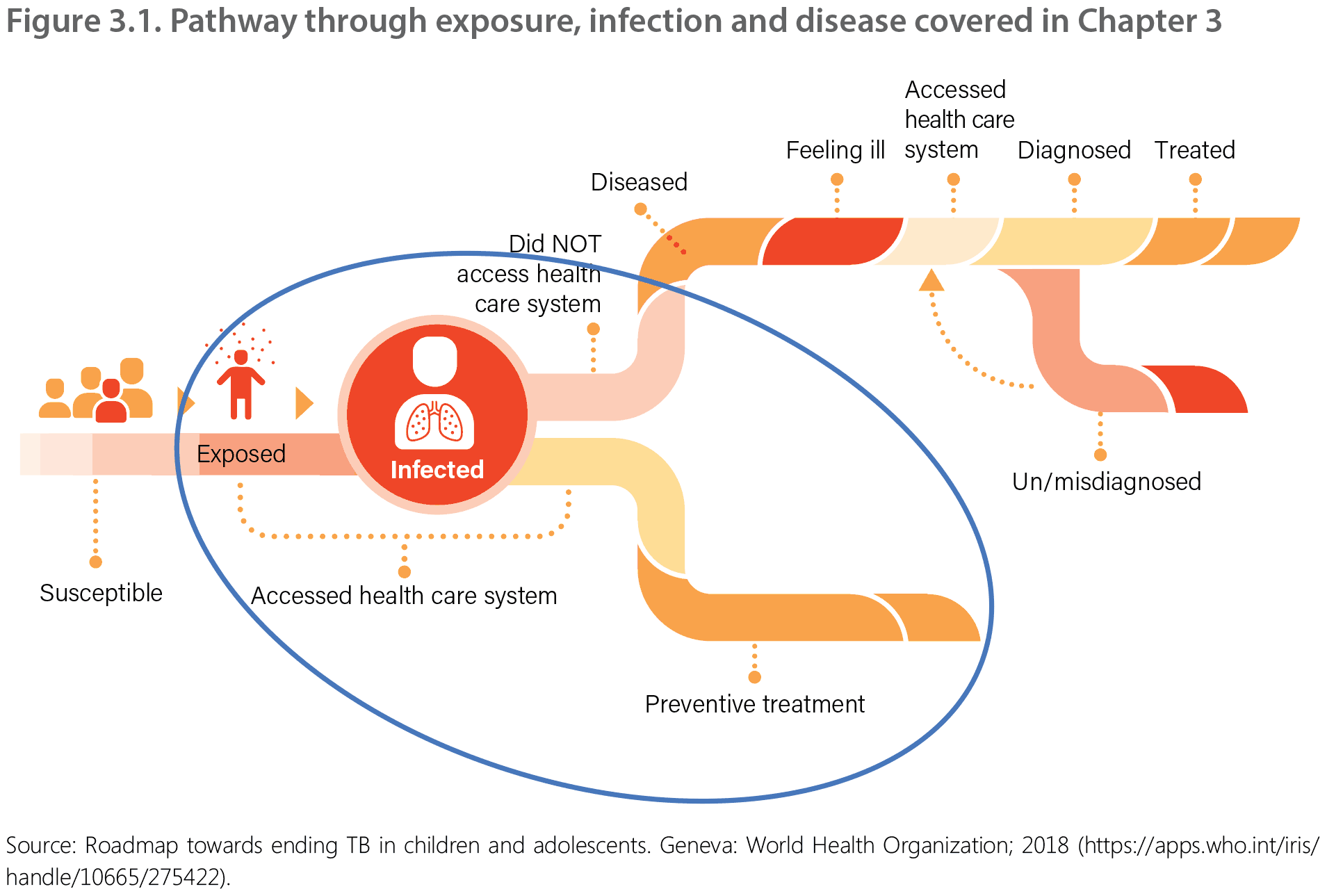3.3.3.3. Children and adolescents living with HIV
Children and adolescents living with HIV should be screened for TB disease at every visit to a health facility or interaction with a health worker, using standard screening questions, as part of routine clinical care (see Chapter 2). Those who do not have any of the symptoms in the questionnaire are unlikely to have TB disease and should be offered TPT, regardless of their ART status. CXR may be offered to adolescents living with HIV and on ART; if there are no abnormal radiographic findings, they may be given TPT.

 Feedback
Feedback
